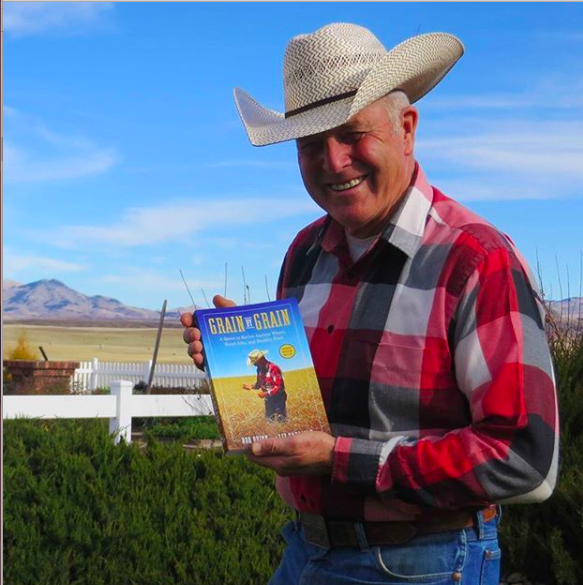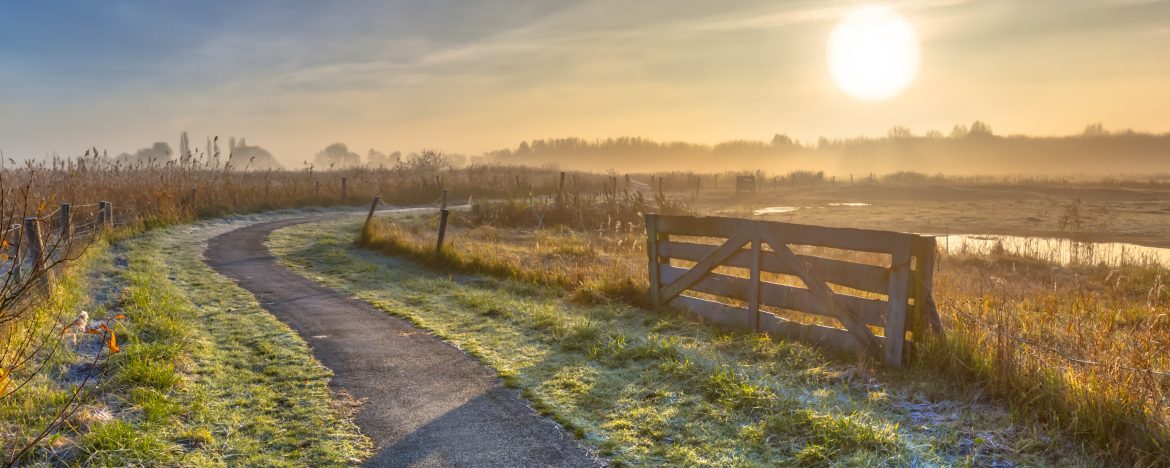Today, let’s celebrate the farmers who put food on our tables and are the heart and soul of rural communities across America. Small family farms account for 90% of American farms and to celebrate them, The Agriculture Council of America started the National Ag Day program in 1973.
The Agriculture Council of America (ACA) is an organization uniquely composed of leaders in the agriculture, food and fiber communities dedicated to increasing the public awareness of agriculture’s vital role in our society. This year most activities have been canceled, but we can still celebrate and support our farmers – how should we do that? According to ACA, they believe that every American should:
• Understand how food and fiber products are produced.
• Appreciate the role agriculture plays in providing safe, abundant and affordable products.
• Value the essential role of agriculture in maintaining a strong economy.
• Acknowledge and consider career opportunities in the agriculture, food and fiber industry.

The best way to learn about farmers and what they are thinking is to talk to them. So, we decided to speak to our farmer friend Bob Quinn, organic, regenerative farmer & founder of Kamut, Int., to find out what’s on his mind. Bob’s farm is in Big Sandy, Montana and this June the family will be celebrating 100 years as a family farm going back to Bob’s great grandfather. Bob has just completed a one year book tour for his first book Grain by Grain and as he has traveled the length and breadth of the county, two pressing issues are a recurring theme:
- Glyphosate
- The High Cost of Cheap Food
So, in his own words here’s what he has to say about them.
Glyphosate
I’m not a scaremonger, but when you spend your life nurturing the earth and living off its bounty, it saddens and frankly angers me that corporations and governments condone poisoning our planet for profit. Roundup was once touted as the savior of chemical agricultural production here in the U.S. and around the world. Monsanto claimed it was safe, both for humans and the environment, with the assurance that glyphosate breaks down in the sunlight and upon contact with the soil—harmless components with no health risks. But none of these supposedly tested and verified claims are turning out to be true.
What concerns me is glyphosate spreading to organic farms. We were surprised and dismayed to find environmental contamination of glyphosate even on many organic farms in our region. It was even present in rainwater samples. (Even though environmental contamination of some organic products are 1000 times less than similar, nonorganic products where glyphosate is used in the production, most buyers would prefer no detectable residues at all.) By shoppers voting with their dollar on organic products, and speaking to their politicians about these issues, we will see the continued increase in organic farms in America and the continued reduction of number of farms using chemicals. I believe the days of glyphosate are numbered. We are at the beginning of the end of the great 20th century experiment with chemical agriculture. And it is my hope that more USDA research can be channeled to sustainable, non-chemical weed and pest control systems because the use of glyphosate will crumble as more people see it for what it is and we can be on our way to chemical free by ‘43.
The High Cost of Cheap Food

When
the RMS Titanic fatefully struck that iceberg on April 14, 1912, most of the
damage that was done could not be seen by the sailors above the water. The
iceberg to the naked eye looked small, and avoidable, but the massive block of
ice beneath the ocean surface (90% of the total) caused irreparable damage
which set into motion the tragedy which we all are very familiar.
The creators of the Titanic also had a fatal flaw of their own: they saw the
ship as “unsinkable”. While hindsight is 20/20, there were more than enough
warning signs to the White Star Lin that could have prevented the tragedy.
In many ways, I see how the true-cost accounting of food looks to us to be very
similar to how that iceberg looked to those steering the Titanic. Shoppers,
government, policymakers, regulators, as well as big food and ag chemical
corporations tend to focus only on the tip of the iceberg that you can see: the
cost of food you pay at the check-out counter. With Big Chemical Ag, Food
companies and many others extolling the virtues and benefits of high-yield ag,
commodity-based models of consolidation and efficiency all resulting in
abundant cheap food, they have gained the support of most shoppers in America
who focus primarily on what they are paying at the grocery store because that
is all they see.
But the hidden costs, the costs that we all continue to pay long after we leave
the grocery store are far more damaging and expensive. They wreak havoc to our
bodies, to the planet, and to the economic viability of our rural communities.
In short, what seems like a great savings initially is truly detrimental when
looking at the full cost of the extraction of wealth from rural America as well
as the cost of chronic disease, pollution caused by ag chemicals and their
contribution to climate chaos.
We as a society learned our lessons after the sinking of the RMS Titanic.
Today, it’s time to remind our friends, family, and lawmakers that similar
measures need to be taken to prevent the continuation of an even greater
disaster due to the hidden costs of cheap food.
We thank Bob for working tirelessly to preserve, protect and improve not only our food system, but the soil itself.
 Food
Food Farmers
Farmers Sustainable Living
Sustainable Living Living Planet
Living Planet News
News